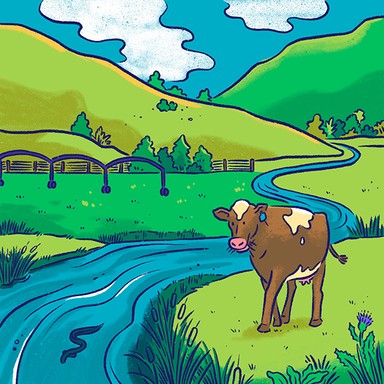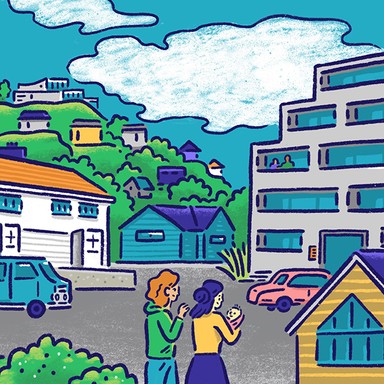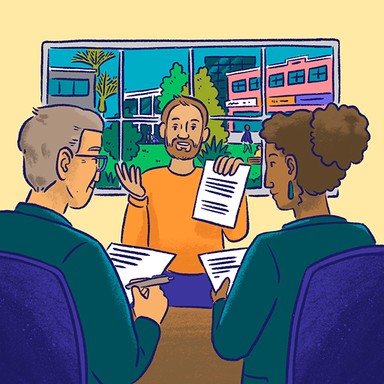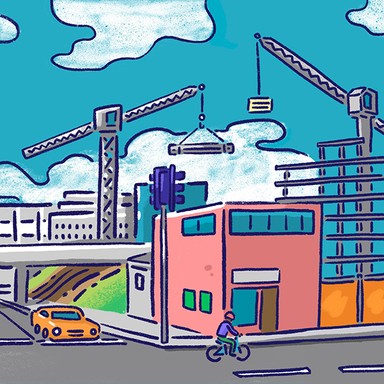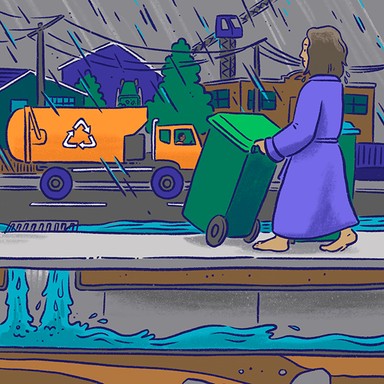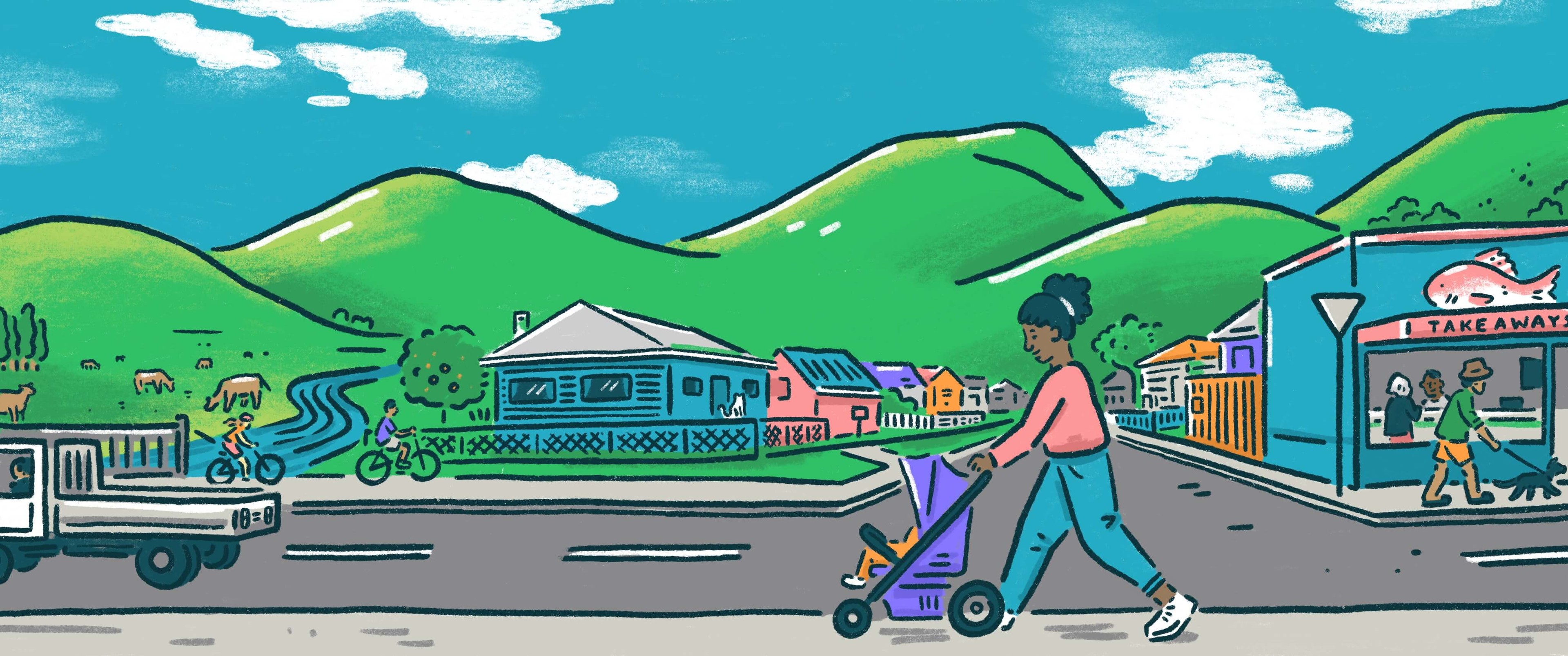
Tasman District Council
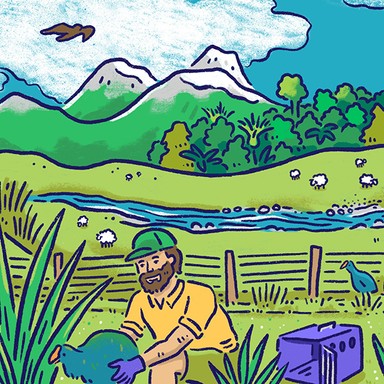
Environment and biodiversity
Protecting the environment and managing natural resources is a key responsibility of regional councils. Regional councils are often also involved in pest control and resource management.

Environment and biodiversity
Protecting the environment and managing natural resources is a key responsibility of regional councils. Regional councils are often also involved in pest control and resource management.
Review Joint Waste Minimisation Management Plan to enhance diversion and reduction of waste streams.
Maximise the effectiveness of pest management action by a regionally co-ordinated response and local action.
Maintain state of the environment monitoring, reporting and identifying actions.
Continue ongoing Tasman District Council schemes. Join in more community projects. Promote expansion of existing efforts.
Explore/share opportunities/paradigm changing possibilities presented by adopting a more holistic and equitable alternative economic system.
Consult widely, and deeply, with the community to establish our combined priorities and the ambitions and limitations of all our society.
Continue to work with our land owners on the newly created pest management and biodiversity strategies.
Regularly review and improve state of the environment monitoring. Focused monitoring in areas of land use change and geo-forming.
Physical monitoring of primary industry best practice implementation.
Vigilance in regards to protection of our very special biodiversity. Canyoning tours in the rivers of our National Parks is not good idea.
Review Joint Waste Minimisation Management Plan to enhance diversion and reduction of waste streams.
Maximise the effectiveness of pest management action by a regionally co-ordinated response and local action.
Maintain state of the environment monitoring, reporting and identifying actions.
Continue ongoing Tasman District Council schemes. Join in more community projects. Promote expansion of existing efforts.
Explore/share opportunities/paradigm changing possibilities presented by adopting a more holistic and equitable alternative economic system.
Consult widely, and deeply, with the community to establish our combined priorities and the ambitions and limitations of all our society.
Continue to work with our land owners on the newly created pest management and biodiversity strategies.
Regularly review and improve state of the environment monitoring. Focused monitoring in areas of land use change and geo-forming.
Physical monitoring of primary industry best practice implementation.
Vigilance in regards to protection of our very special biodiversity. Canyoning tours in the rivers of our National Parks is not good idea.
Mayor
Compare the mayoral candidates in your area
Local council
Compare the candidates for your city or district council
Regional council
Compare the candidates for your regional council
Local board
Compare the candidates for your local or community board

